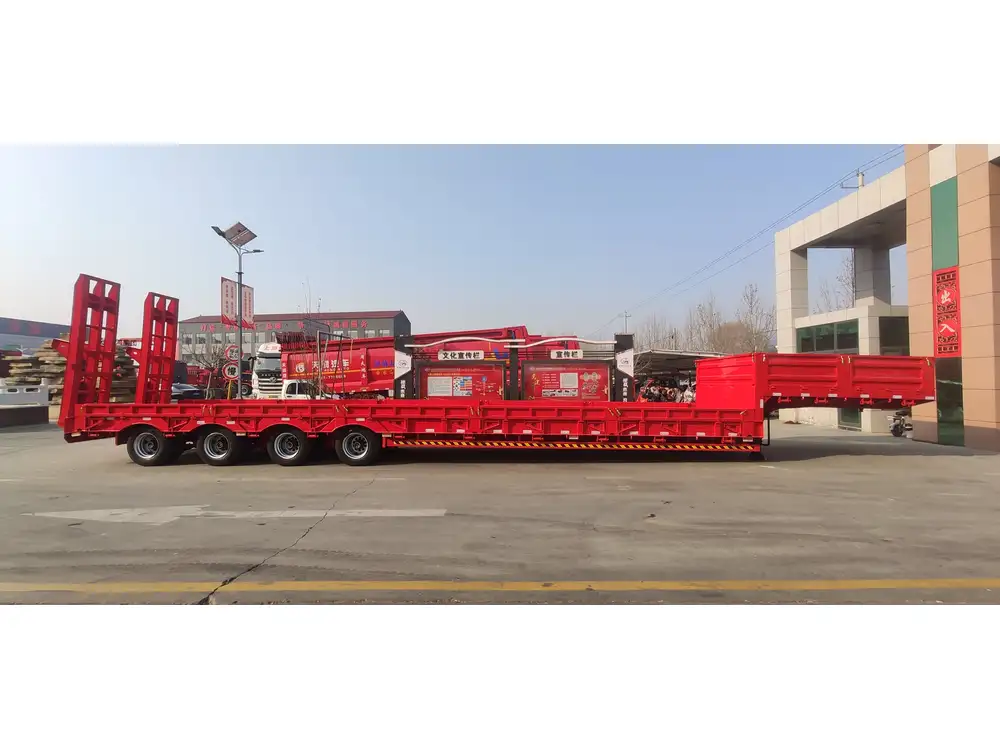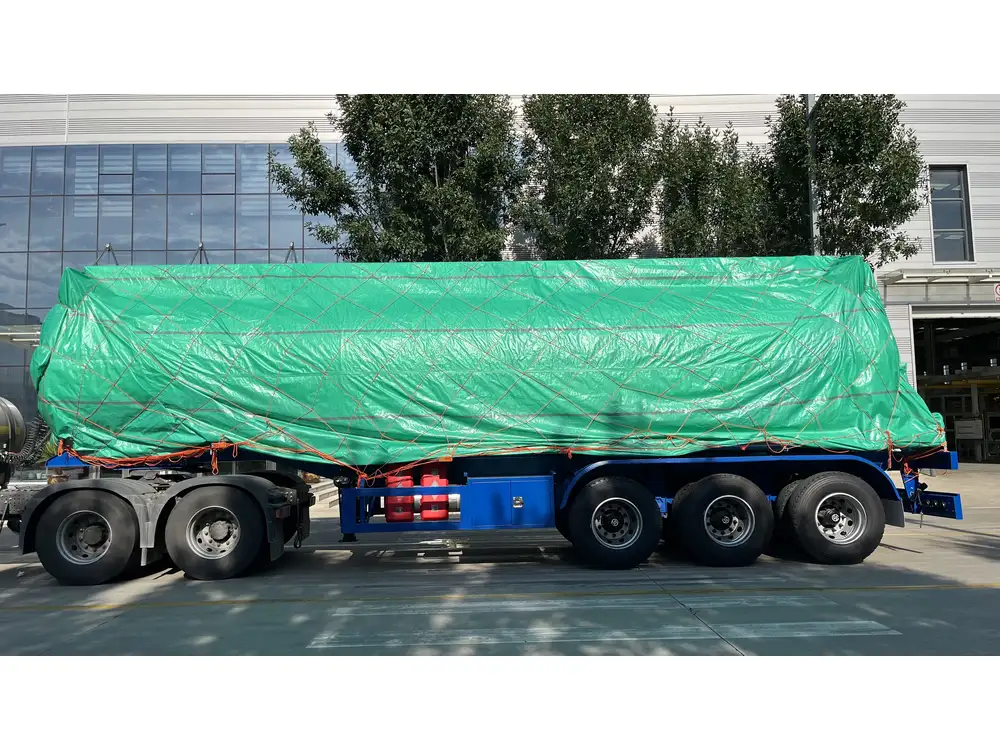When it comes to the transportation of liquids, whether it’s fuel, water, or other chemical substances, understanding the tank capacity of a trailer is crucial not only for efficiency but also for compliance with regulations and ensuring safety. This comprehensive article delves into the specifics of semi-trailer capacities and considerations that manufacturers and operators must keep in mind. Below, we will explore various factors such as tank size, materials, intended use, and regulatory implications.
Understanding Tank Capacities
Types of Trailers and Their Capacities
To grasp how big of a tank a trailer can hold, it is essential to identify the various types of tanks and trailers available:
| Trailer Type | Typical Capacity | Common Uses |
|---|---|---|
| Tank Trailers | 5,000 to 11,600 gallons | Fuel, chemicals, milk, water |
| Flatbed Trailers | N/A | Equipment, bulk materials |
| Dump Trailers | 10 to 20 cubic yards | Aggregates, earth, demolition materials |
| Reefer Trailers | 20 to 53 cubic feet | Temperature-sensitive perishable goods |
| Lowboy Trailers | N/A | Heavy machinery transport |

Determining the Right Size for Your Needs
The selection of tank size is dictated by various factors:
Load Requirements: Understanding the volume of liquid to be transported is vital. Load calculations often consider the density of liquids; for instance, transporting diesel may require a larger capacity than transporting water due to differences in density and weight.
Vehicle Weight Limits: Every semi-truck has a maximum weight limit, known as the Gross Vehicle Weight Rating (GVWR). The total weight of the trailer plus the cargo cannot exceed this limit. Therefore, understanding the weight-to-volume ratio of the liquids being transported is crucial.
Regulatory Regulations: Depending on the jurisdiction, there may be legal restrictions on maximum allowable tank sizes for certain liquids like hazardous materials. This compliance aspect should be addressed from the get-go.
Factors Influencing Tank Size
In addition to the basic parameters, various other factors will influence how big of a tank you might consider for a trailer:
1. Material Considerations
The material used for constructing the tank plays a significant role in determining its capacity. Common materials include:
- Aluminum: Lightweight, corrosion-resistant, ideal for transporting fuel.
- Stainless Steel: Great for high-temperature applications or when transporting corrosive substances.
- Carbon Steel: Economical and durable, commonly used for tanks holding water or non-corrosive liquids.

2. Configuration
Tank configuration can also impact capacity. Consider different designs such as:
- Single-compartment tanks allow for transporting a single type of liquid but maximize volume.
- Multi-compartment tanks can handle multiple fluids, lacking in volume but providing versatility.
3. Legal Limitations
Each state or region has specific regulations regarding transportation volumes, particularly for hazardous materials. Understanding these laws protects operators from fines and enhances safety protocols.
| Regulation | Details | Impact |
|---|---|---|
| DOT Regulations | U.S. Department of Transportation governs tank sizes | Ensures safety, compliance |
| EPA Standards | Environmental Protection Agency restrictions | Deals with hazardous materials |
| State Laws | Varies by state; local limits on sizes and materials | Specific to regional requirements |
Maximizing Efficiency Through Capacity Optimization

Selecting the Right Tank Size
- Volume Analysis: Perform intensive calculations to determine your average load size. This can include seasonal fluctuations and peak demand times.
- Growth Consideration: If anticipating growth, opt for larger tanks if feasible, enabling you to meet increasing demands without needing to replace or upgrade equipment.
Proper Maintenance and Management
Tank management is equally paramount. Efficient management practices involve:
- Regular Inspections: Schedule inspections for tank integrity and leaks.
- Monitoring Usage: Implement a system for tracking tank levels and throughput.
Risk Management Strategies
- Spill Prevention Plans: Have a contingency plan in place tailored specifically to the materials being transported.
- Training and Compliance Programs: Ensure all personnel are trained in safety protocols and understand the limitations imposed by regulatory bodies.

Conclusion
Choosing the right tank size for a trailer is a multifaceted process that involves analyzing load requirements, understanding material properties, complying with regulations, and anticipating future needs. By embracing best practices and prioritizing safety, manufacturers and operators can significantly enhance their operational efficiency. Whether transporting fuel, water, or any other liquid, comprehending these aspects ensures successful and compliant transportation.
Understanding the various elements that affect tank capacity empowers operators to make informed decisions, thus maximizing the efficiency of their transportation operations. For manufacturers aiming to elevate their offerings in the semi-trailer market, recognizing the significance of these capabilities is paramount. A well-informed customer is not just a satisfied one; they become an advocate for your brand in the competitive landscape of trailer manufacturing.
By prioritizing safety, compliance, and efficiency throughout this journey, the capacity management process becomes seamless, enriching the operational success of the semi-trailer transportation sector.



